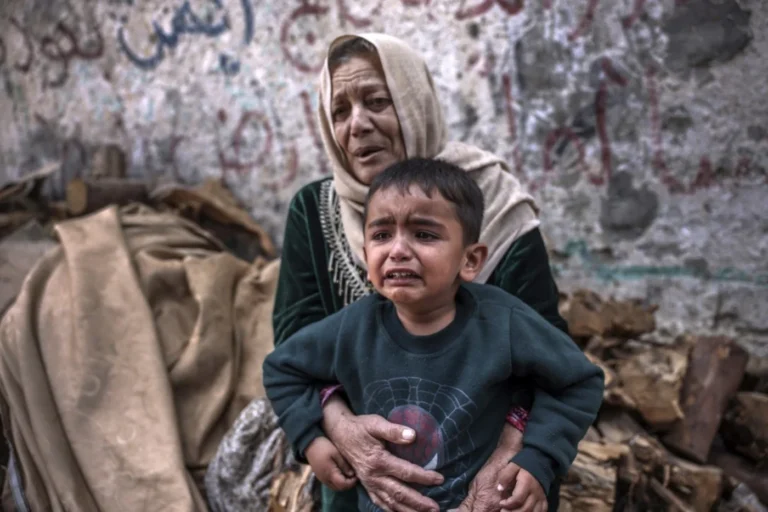
Ports along the coastal landscape have been at the heart of sea trade. Landlocked countries like Afghanistan face problems with trade due to their inaccessibility to a nearest water body. India, however, understood the importance of having access to a port in the Middle East, one which will cut down on time, and also dependency on Pakistan, which is why India invested in the Chabahar Port.
Those peering at the fine print of power games in West Asia, and South Asia know that Chabahar is a masterstroke, a chess piece moved with precision, not noise.
So what’s the deal?
From Dust to Dock: India’s Long Game with Chabahar
Back in 2013, India pledged around $85 million to develop the Chabahar Port (plus $150 million as credit for related port projects) located in Iran. By 2015, a bilateral agreement was inked. In 2016, when Prime Minister Modi visited Iran, a formal operating contract was signed. Fast forward to May 2024, India, and Iran signed a 10-year long-term contract to operate the port—no more one-year renewals, thus reducing the limbo.
India committed $120 million, and added a $250 million credit line. This wasn’t just infrastructure, it was insurance. For connectivity. For access. For influence. All this ensures that India has a solid backup plan if geopolitical situations stop the trade from major chokepoints.
Why This Port, Why This Place?
Geography is destiny, and Chabahar, placed between the Strait of Hormuz, and the Gwadar Port of Pakistan, has strategic importance especially for India. Located in southeastern Iran, just 100-odd miles west of Pakistan’s Gwadar Port which China is investing in under the BRI initiative, Chabahar gives India:
- Access to Afghanistan and Central Asia without touching Pakistani soil
- A gateway to the International North-South Transport Corridor (Mumbai to Europe via Iran and Russia)
- A strategic foot in the door near the Strait of Hormuz, through which 20% of global oil passes
In short, earlier India had to rely on Pakistan’s land route to trade with Asian countries like Tajikistan, Afghanistan, and Russia. But now, with the presence of an alternate route we don’t have to rely on Pakistan any longer. Also, India is playing the long game of having an alternate trade route which also integrated Iran under the North-South Transport Corridor.

Not Just About Trade: It’s a Statement
Ports aren’t just about goods, and cranes, and freight schedules. Chabahar is about saying: we can play the long game too. When the West frowned at Iran, when Trump tore up the JCPOA nuclear deal, when secondary sanctions loomed like storm clouds, India didn’t throw its hands up. Instead, India-Iran ties have furthered, and deepened over the course of time, with India relying on Iran for oil imports. All this goes to show why having a strong strategic investment in a country like Iran is important.
Of course, this isn’t all smooth sailing. The U.S. has made its discomfort known. Its Deputy Spokesperson warned that any entity involved in Chabahar could be exposed to sanctions.
But India is no rookie. This is not the Delhi of the 1990s, fumbling through global diplomacy. It’s learned to build Special Purpose Vehicles (SPVs), lean on multilateral platforms like BRICS and SCO, and, when needed, talk back politely but firmly. In fact, the Chabahar Agreement between India, Iran, and Afghanistan established a new trade route, reducing India’s dependence on Pakistan for overland transit to Afghanistan, and Central Asia.

The Real Masterstroke? Quiet Diplomacy
Chabahar is what smart diplomacy looks like in a multipolar world. India isn’t shouting about its presence, but it is anchoring it crane by crane, deal by deal. It’s built the Shahid Beheshti terminal, kept humanitarian corridors open. Compare that to the bombast of China’s Gwadar, or the drama of US-Iran relations. India has chosen the tortoise approach. It highlights a new tone of modern Indian diplomacy -one which is measured, minimalist, and quietly monumental.
Why Chabahar Matters Now More Than Ever
In a world getting messier by the minute Red Sea tensions, Gaza war, U.S. elections, Iran, and Israel war, and the now U.S. bombing of Iran’s nuclear facilities , it’s a safety valve for trade when the Strait of Hormuz is blocked, which has been alleged to happen by the state of Iran during the recent Iran-Israel war. It’s a regional bypass to Pakistan, and lastly a very important energy bridge between India, and West Asia.
For more such informative articles, stay tuned at The World Times.



